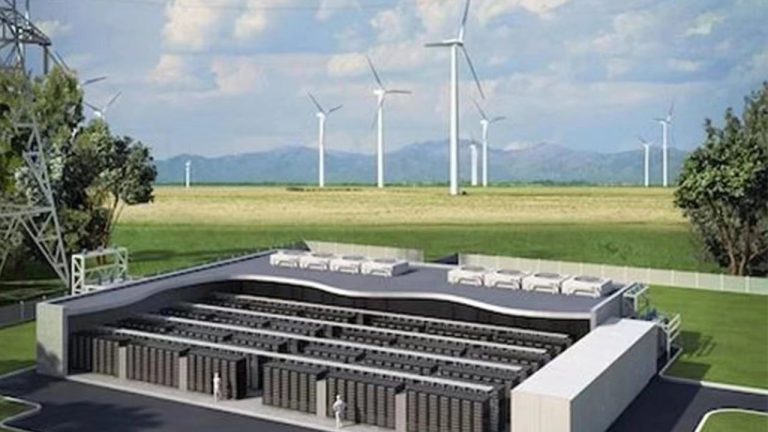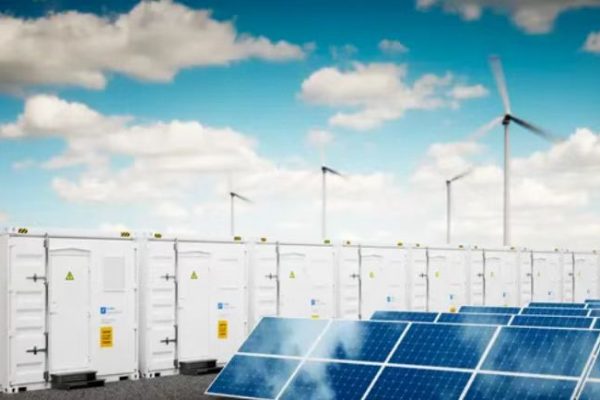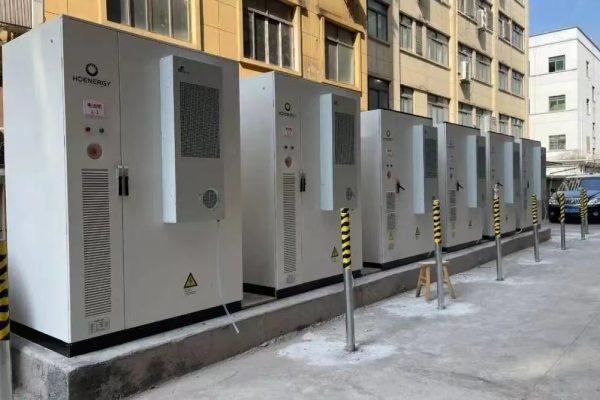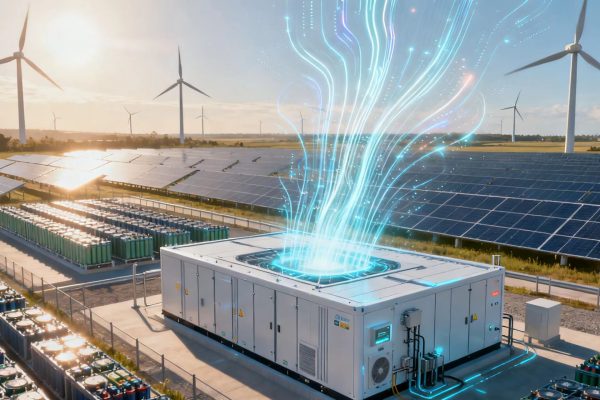As solar + storage solutions scale up—from home systems to commercial and industrial (C&I) projects—the risks around fire and arc faults become more significant. Buyers and installers often focus on capacity, cycle life, or inverter matching, but safety features are just as critical. A well-designed integrated PV + ESS system must address both fire protection and arc fault protection, not as afterthoughts, but as core design principles.
This article explains why fire and arc protection matter, how they are typically implemented, and what system buyers should check before purchase.
Why Safety Matters in Integrated Systems
An integrated system combines batteries, inverters, controllers, and sometimes even cooling or lighting in one cabinet or container. This compactness improves convenience, but it also means:
- Higher energy density in a confined space.
- Multiple electrical interfaces (DC and AC).
- Heat generation from batteries and power electronics.
If faults occur, they can spread quickly. That’s why fire suppression and arc protection systems are not optional—they are essential.
Fire Risks in ESS and Inverter Cabinets
Common causes of fire hazards in integrated systems include:
- Thermal runaway in batteries (overheating cells leading to chain reaction).
- Poor ventilation or cooling failures.
- Loose electrical connections generating excessive heat.
- External hazards, such as lightning strikes or dust accumulation.
Fire Protection Solutions
- Fire-Resistant Enclosures: Cabinets built with steel or composite fire-rated materials.
- Temperature Monitoring: Sensors at module and rack level for early detection.
- Automatic Fire Suppression Systems: Options include clean agents (Novec 1230), aerosol, or inert gas suppression.
- Thermal Barriers: Separating battery racks to slow down spread.
Arc Faults in PV + ESS Systems
An arc fault occurs when current jumps across a gap due to damaged insulation, loose connections, or aging components. These arcs can generate extreme heat, ignite nearby materials, and damage equipment.
Arc Protection Solutions
- Arc Fault Circuit Interrupters (AFCIs): Detect and stop arcs in DC circuits.
- String-Level Monitoring: Helps identify abnormal current flow in PV inputs.
- Proper Cable Routing & Terminations: Reduces strain and loosening over time.
- Regular Insulation Resistance Testing.
Integrated Approach: Combining Fire & Arc Protection
In well-designed cabinets or containerized ESS:
- Sensors, BMS, and EMS are linked, so if an arc fault or overheating is detected, the system can:
- Disconnect affected circuits.
- Trigger fire suppression.
- Send remote alarms.
- Multi-layer redundancy ensures that even if one protection layer fails, another is active.
This is especially important for C&I projects (50kWh–1MWh), where downtime or damage can mean major financial loss.
What Buyers Should Look For
When sourcing integrated systems, ask suppliers:
- What type of fire suppression is built in? (gas, aerosol, water mist, etc.)
- Does the system comply with UL 9540A or IEC 62933 fire testing?
- Are AFCIs included in both PV and battery DC circuits?
- Is the cooling system redundant or monitored?
- How is emergency shutdown handled? (local + remote options).
Pros & Cons of Different Approaches
| Safety Feature | Pros | Cons | Typical Use Case |
|---|---|---|---|
| Gas Suppression | Clean, non-damaging | Higher cost, sealed space needed | Containerized ESS |
| Aerosol Suppression | Compact, effective | Harder to recharge after use | C&I cabinets |
| AFCIs | Stops arc faults early | May cause nuisance trips | PV + hybrid inverters |
| Thermal Barriers | Slows fire spread | Adds weight & volume | Large multi-rack systems |
Fire and arc protection are not extras—they are part of the core value of an integrated PV + ESS system. As energy storage becomes mainstream, projects with strong safety features will win more trust from regulators, insurers, and end-users.
When evaluating systems, remember:
- Integrated protection = faster deployment + peace of mind.
- Cheap systems without safety layers may cost more long term.
By making safety part of your purchasing checklist, you not only protect your investment but also ensure smooth project operation for years to come.









